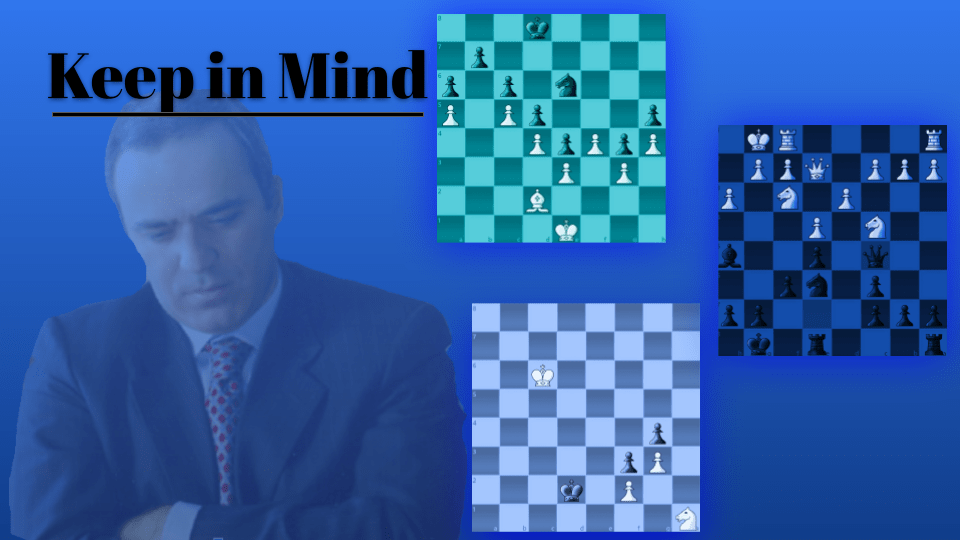
Keep in Mind!
In chess, there are do's and dont's to get a good position. From a good position can good tactics occur, or it could get you into a good endgame. So here are some things to keep in mind:
1. Develop your Worst Piece
Having your pieces in good spots are always important in chess. So if your piece is in a bad spot,
1. Find the absolute best square for that piece.
2. Try to find a path for your piece to get there.
3. Execute!
Here's an example from @Silman's How to Build Winning Chess Positions:
As you can see, the knight went from its ok spot on f6 to its beautiful spot on e6. Good piece placement = tactics = wins. ![]()
2. Get Rid of Your Opponent's Active Pieces
Basically the opposite of the one above. Once your pieces are in their best spots, try to kick your opponent's pieces. Below, try to take out Black's active piece.
3. Control the Center
Having the center increases your power and restrains your opponent. So if you don't completely own the center, try to do pawn breaks or threaten their pieces to get them away. Assert your dominance!
4. Limit the Mobility of your Opponent's Pieces
Their pieces are only useful if they can move. Try to limit your opponent's pieces so that they can't do much.
5. Trade Pieces when you have Limited Space
If you are space restricted because your opponent has the center, then try to trade pieces. This will create more room on the chessboard for you. Obviously, try not to trade pieces when you have more space. If you have limited space, like the guy below, trade pieces.

6. Attack their King while Defending Yours
Attacking their king can be a quick, fun way to end the game. However, make sure to defend your king first, to prevent counterplay. Below is the link to a pretty good blog on attacking the castled king.
shameless plug
7. Cater the Position to your Minor Pieces
Minor pieces are some of the most active pieces in a chess game. So, you want a position that better for those pieces. For example, if you have double bishops and they have double knights, trade pawns for a more open position, since bishops can move farther faster. If you have the knights, then try to close it up, since knights can jump pieces.
8. Attack the Opponent's Weak Pawns
Everyone loves free pawns. But they don't just come to you. Attacking the opponent's weak pawns puts pressure on the opponent and may even win you an extra pawn for the endgame. Here are a few examples of weak pawns:
Backward Pawns (middle)
Isolated Pawn (right)
Double Isolated Pawns (left)
And that ends the blog! You should keep these in mind during your games to conquer your opponent. See you next time.


